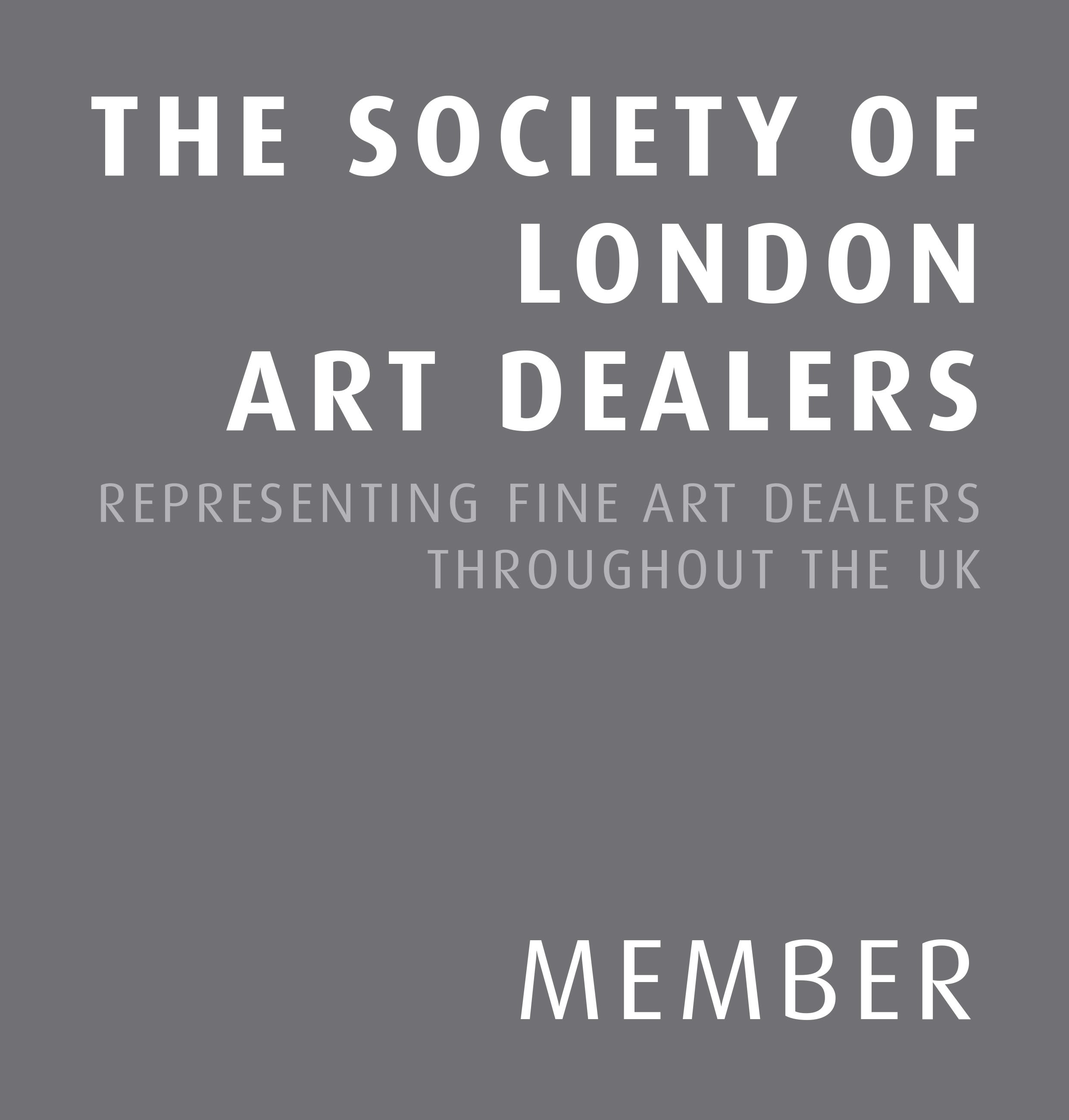'This sense of cocooning and creating spaces that integrate with their surroundings remains central to Bacon’s art - both in the forms she creates and the time-honoured materials she uses.'
Catherine Milner
Laura Ellen Bacon is a renowned British artist known for her large-scale work using natural materials. Bacon’s work transforms environments through immersive installations and continues to push the boundaries of materiality and space, inviting viewers to reconsider the connection between nature and the built environment.
The ancient technique of willow weaving can be traced back 10,000 years, and today Bacon employs a non-traditional style of working that she has developed over 20 years to create contemporary, abstract installations. She becomes absorbed in the making process, leaving traces of memory and experience within the work, held within the interwoven and knotted willow. For Bacon, the act of making is a contemplative process, with its repetitive and physical nature providing a welcome sanctuary. Her works celebrate the joy of manipulating raw materials by hand, without the need for complex machinery or large teams of people.
Commissions have included Chatsworth, The Holburne Museum, Somerset House, Sudeley Castle (for Sotheby’s), Abbaye de Maubuisson near Paris and Blackwell – The Arts and Crafts House in Cumbria.
In 2018 her work inspired the composer Helen Grime, whose resulting three-part movement, ‘Woven Space’ was performed at the Barbican by the London Symphony Orchestra, conducted by Sir Simon Rattle.
2024 saw Bacon's first USA exhibit at Denver Art Museum with her 6 meter high commission 'Rejuvination' in the atrium of the Hamilton Building.
This year Bacon's solo show at Yorkshire Sculpture Park entitled 'Into Being' is held 5th April - 7th September. At the time of writing the show has attracted over 6000 in its first three weeks alone. This Summer, Bacon will feature in Ground/work 2025 at The Clark Insititute curated by independent art historian Glenn Adamson, as part of a dynamic range of outdoor presentations by international artists.

